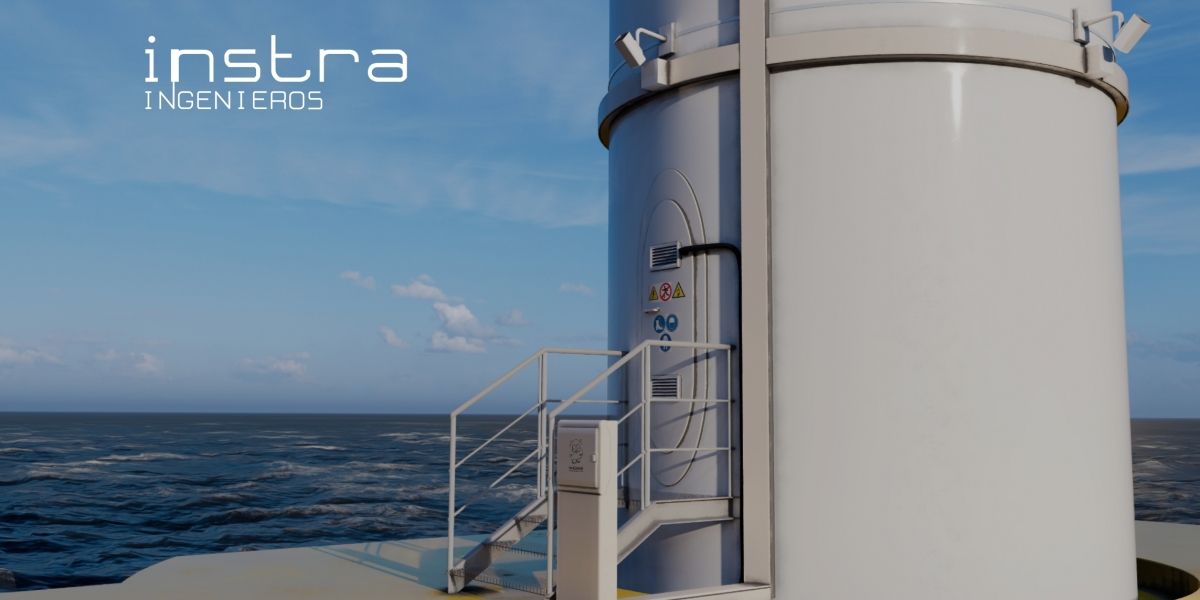
Context of wind energy in Spain
In 2023, wind energy was the leading source of electricity generation in Spain, reaching a coverage of 24% of energy demand, thanks to the more than 22,000 wind turbines installed in a total of 1,345 wind farms.
This figure will increase with the deployment of renewable energies in our country, according to the objectives set by the National Integrated Energy and Climate Plan (PNIEC), of 50GW of installed wind power capacity by 2030, thus reaching 31% coverage of the total installed capacity.
The development of projects such as wind farms requires an environmental impact assessment and a positive Environmental Impact Statement (EIS) as part of the administrative authorisation process.
Obtaining a positive EIS involves a rigorous process of assessment and decision-making by the competent environmental authorities. This assessment is essential to ensure that projects are carried out in a responsible and sustainable manner, taking into account both the benefits and potential negative impacts on the environment and local communities.
One of the most significant environmental protection issues is the protection of birdlife in the area, as collisions with wind turbines can occur.
In order to mitigate this negative impact of wind energy, especially in sensitive areas, the competent authorities of some autonomous communities have decided to require, as a condition for the authorisation of wind farms, that these infrastructures be equipped with technological systems to reduce bird mortality. In the last 10 years, concern about these effects has led wind farm developers to try different technologies, which in general have not met expectations. It is now, with the development and popularisation of artificial intelligence technologies and the ability to compute these algorithms in accessible hardware, that great possibilities for improvement are once again appearing.
The MAKEMAKE project
In this context, the Makemake project is being developed by Instra Ingenieros together with Gradiant (Centro Tecnológico De Telecomunicaciones De Galicia) with the aim of providing a solution to this problem and making this energy even more sustainable.
The system consists of a minimum of 4 high resolution and high quality cameras located on the shaft of the wind turbine or on a tower, in order to have a 360º view of the entire environment of the installation. These cameras are connected to an edge computing system (Al@Edge Fanless Embedded Box PC with NV/0/A AGX) that executes the artificial intelligence algorithms contained in the software developed by Gradiant, to process in real time and in real time the cameras data.This is possible thanks to the use of neural networks, which allow us to detect all types of birds and classify those of special interest. The equipment sends an alarm to the wind turbine control system (SCADA) when it detects a bird and from there a decision is taken on the most appropriate action to be taken. This can include, among others, the use of acoustic deterrent devices or the slowing down or stopping of the turbines of the wind turbines, thus avoiding possible collisions.
The technology used allows the classification of a set of protected species, which can be expanded to suit the specific avifauna of any geographical area. This capability is based on the training of neural networks to be able to visually differentiate groups of birds by certain characteristics (beak size, wingspan, etc.) giving the possibility to distinguish between species according to the required detection distance and expected accuracy. In order to be effective, the algorithms must be trained with a large database of bird images and customised for each location according to the Avifauna Studies of each wind farm.
The information generated by the system is stored and managed so that the different agents (developer, maintainer, administration, environmental monitoring company, etc.) involved in the monitoring and operation of the wind farm can have access to it and draw up the appropriate reports.
These systems are designed, configured and trained by specialists according to the specific needs of the wind farm, assessing different options such as installation mode, which may be in the wind turbine itself or in an attached tower, necessary detection distances, depending on the type of bird present in the farm or the orography of the area and thermal currents.
Makemake can be installed in both Onshore and Offshore wind farms, taking into account the particularities of the environment and is marketed with the option of "technological renting", which includes a service of technological updating and integration with the wind turbines to guarantee the best service throughout the life cycle of the wind farm.